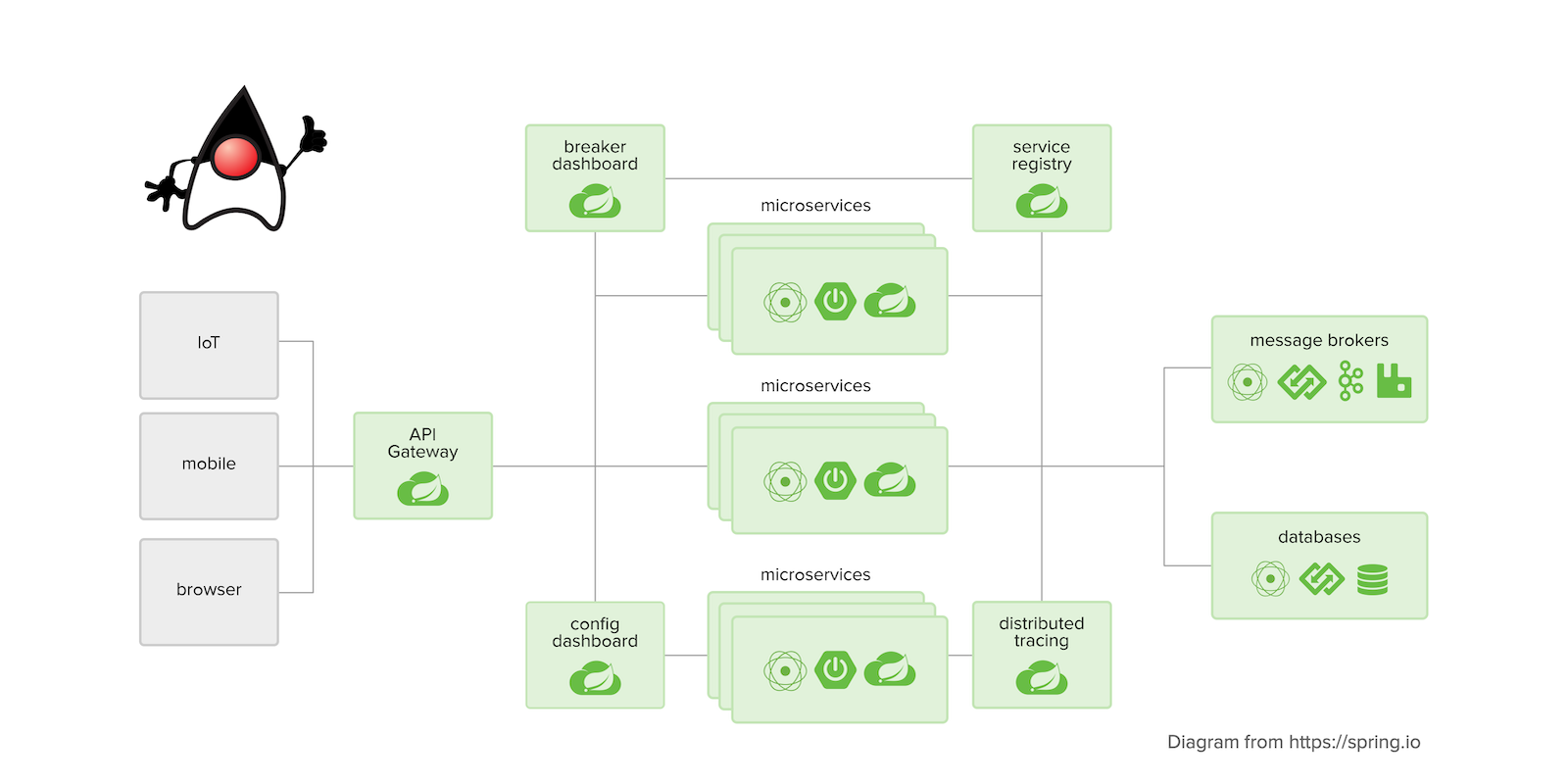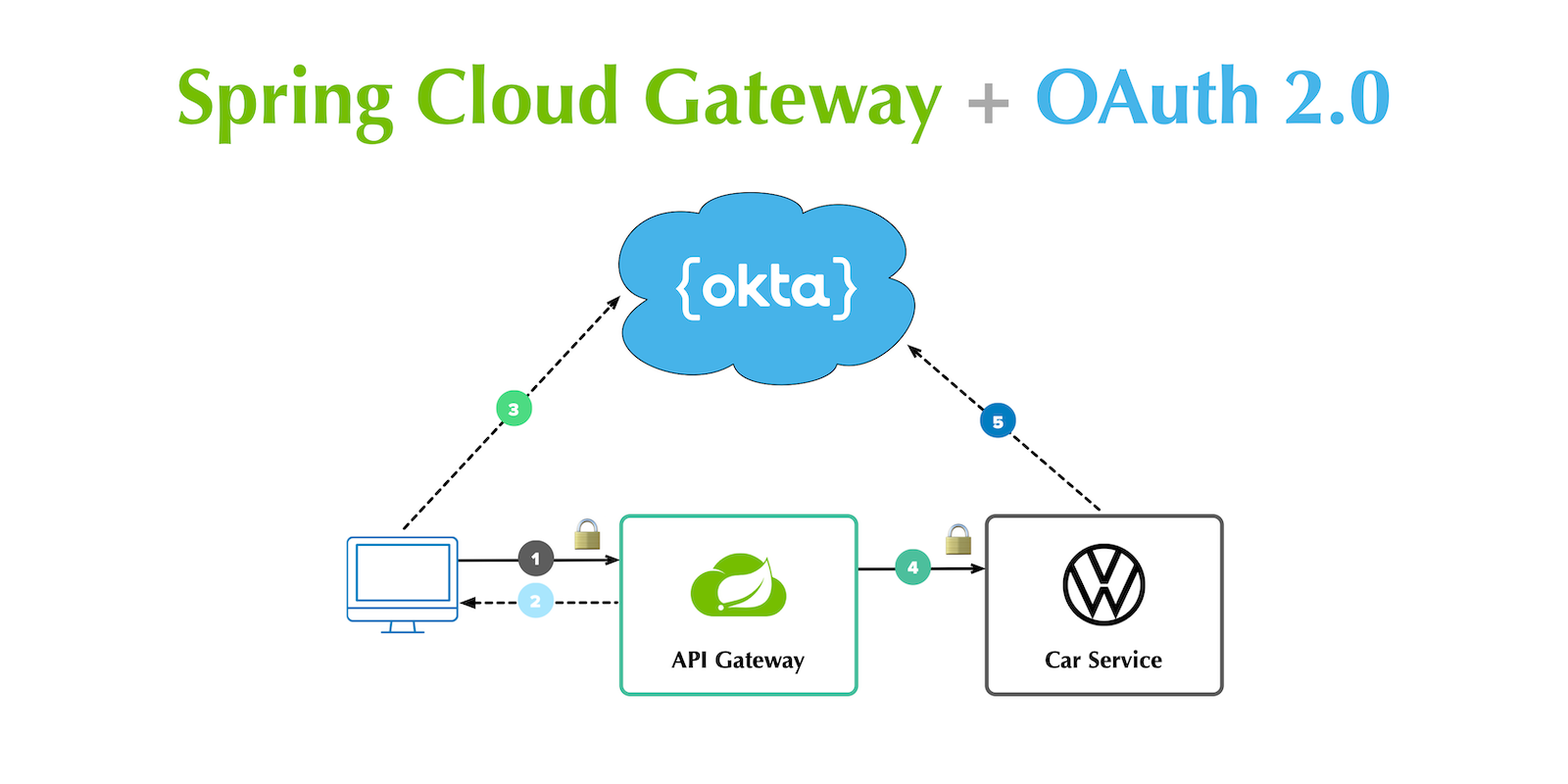In today’s fast-paced development environment, creating scalable, reliable, and maintainable software is crucial. “Streamlining Development” with modern frameworks like Spring Boot and Spring Cloud allows developers to accelerate project delivery and create robust cloud-native applications with ease. In this guide, we will explore how Spring Boot and Spring Cloud can be used together to streamline the entire software development lifecycle, from coding to deployment.

Why Streamlining Development Matters
Before diving into Spring Boot and Spring Cloud, it’s essential to understand why “Streamlining Development” is vital. Streamlining development means reducing complexity, eliminating repetitive tasks, and automating manual processes. By doing so, teams can focus on delivering features that add value to users, ensuring quicker time to market while maintaining software quality.
The combination of Spring Boot and Spring Cloud helps developers tackle common challenges such as configuration management, distributed systems communication, load balancing, and more—all while reducing the overhead required to maintain these aspects manually.
Introduction to Spring Boot and Spring Cloud
To understand how “Streamlining Development” works with Spring Boot and Spring Cloud, it’s crucial to know what these frameworks are and how they contribute to the development process.
Spring Boot
Spring Boot is a framework designed to simplify the development of Java applications by providing an opinionated approach to configuration and reducing boilerplate code. It enables developers to create production-ready applications with minimal setup by using embedded servers, auto-configuration, and ready-to-use starter templates.
Spring Cloud
Spring Cloud extends Spring Boot by providing tools for building distributed systems and cloud-native applications. It integrates well with popular cloud platforms and helps solve challenges related to configuration management, service discovery, circuit breaking, and more. Spring Cloud makes it easier for developers to build and manage scalable microservices architectures, thereby streamlining development and deployment processes.
Streamlining Development with Spring Boot
1. Simplified Project Setup
The first way Spring Boot helps with “Streamlining Development” is by simplifying the initial project setup. Spring Boot’s Spring Initializr tool enables developers to create a new project with just a few clicks, specifying dependencies and configurations.
With Spring Initializr, you can generate a new Spring Boot project and start coding immediately without worrying about manual configuration. This saves time and effort, especially in the initial stages of development.
2. Auto-Configuration and Embedded Servers
One of the most significant features of Spring Boot for “Streamlining Development” is auto-configuration. By using sensible defaults, Spring Boot automatically configures components based on the dependencies present in your project, reducing the need for manual configuration.
For example, if you add the Spring Web dependency, Spring Boot will automatically configure a Tomcat server to run your application. The embedded server approach allows you to run and test your applications without the need for an external server, making development faster and easier.
3. Starter Templates for Faster Development
Spring Boot provides starter templates that simplify dependency management. Instead of searching for and adding individual dependencies, Spring Boot starters group related dependencies for you. For example, spring-boot-starter-web includes all the libraries needed for building a web application, while spring-boot-starter-data-jpa includes dependencies for working with databases.
By using these starters, developers can streamline development by focusing on building features rather than managing dependencies.
4. Developer Tools with Spring Boot DevTools
Spring Boot DevTools is another feature that helps with “Streamlining Development” by providing automatic application restarts and live reload capabilities. When developers make changes to the code, DevTools automatically restarts the application, reducing the feedback loop time between making a change and testing it.
The enhanced feedback cycle enables developers to experiment, iterate, and test their changes quickly, leading to faster development and better productivity.
Streamlining Development with Spring Cloud
5. Centralized Configuration Management with Spring Cloud Config
Managing configurations across multiple environments and microservices can be cumbersome. Spring Cloud Config addresses this issue by providing a centralized configuration service that helps in “Streamlining Development.”
With Spring Cloud Config, developers can externalize configuration properties, store them in a Git repository, and retrieve them at runtime. This approach allows for consistency across environments (e.g., dev, staging, production) and makes managing changes more accessible and efficient.
6. Service Discovery with Eureka
One of the challenges of building microservices is enabling communication between services. As services dynamically scale up or down, it becomes difficult to keep track of their network locations.
Spring Cloud Netflix Eureka provides service discovery, which allows microservices to register themselves and discover other services without hardcoding network addresses. This is a crucial step in “Streamlining Development” for distributed systems as it simplifies service registration and communication, making applications more resilient and easier to maintain.
7. Load Balancing with Spring Cloud LoadBalancer
Spring Cloud LoadBalancer helps with load balancing, an essential part of streamlining the development of scalable microservices. When multiple instances of a service are running, the load balancer evenly distributes incoming requests among them, ensuring no single instance is overloaded.
This feature helps optimize resource utilization and provides fault tolerance, which is critical for keeping microservices environments performant and responsive.
8. Circuit Breaker with Resilience4j
In distributed systems, services may fail or experience high latency. To avoid cascading failures, it is crucial to use circuit breakers that prevent a faulty service from affecting the entire application.
Spring Cloud Resilience4j is a powerful library that provides circuit breaker functionality for microservices. It helps developers implement fault-tolerant systems by limiting the impact of failing services, providing fallbacks, and preventing repeated calls to services that are known to be down.
Using circuit breakers is an important practice in “Streamlining Development” with Spring Boot and Spring Cloud as it ensures application resilience and reliability.
9. API Gateway with Spring Cloud Gateway
Managing communication between multiple microservices can become complex, especially with APIs that need to be publicly accessible. Spring Cloud Gateway is a tool that simplifies the communication between clients and microservices, acting as a single entry point.
Spring Cloud Gateway provides routing, filtering, load balancing, and security features, making it an essential tool for streamlining microservices communication. It helps reduce complexity and centralize cross-cutting concerns, such as authentication, rate limiting, and monitoring, thereby simplifying development.
10. Distributed Tracing with Spring Cloud Sleuth
Debugging issues in a distributed environment can be challenging, especially when trying to understand how requests flow through different microservices. Spring Cloud Sleuth helps in distributed tracing by adding unique identifiers to requests, allowing developers to track them across multiple services.
This tracing information helps developers visualize request flows, identify performance bottlenecks, and troubleshoot issues more efficiently. By providing insight into how services interact with each other, Spring Cloud Sleuth is an invaluable tool for streamlining development.

Using Spring Boot and Spring Cloud for Continuous Integration and Deployment
11. Dockerizing Your Application
Another way of “Streamlining Development” with Spring Boot and Spring Cloud is through containerization using Docker. Docker allows you to package your application and all its dependencies into a container, making it easy to deploy across different environments.
By containerizing your Spring Boot application, you ensure consistency across development, testing, and production environments, thereby reducing deployment issues and improving overall productivity.
12. Continuous Deployment with Jenkins
To fully streamline development, it’s essential to automate the building, testing, and deployment of your Spring Boot and Spring Cloud applications. Jenkins is a popular tool for setting up Continuous Integration and Continuous Deployment (CI/CD) pipelines.
With Jenkins, you can automate code compilation, run tests, and deploy new builds automatically whenever changes are made, ensuring that your application is always up-to-date and reducing manual overhead.
Summary: Streamlining Development with Spring Boot and Spring Cloud
“Streamlining Development” with Spring Boot and Spring Cloud means taking advantage of tools and features that reduce manual processes, improve productivity, and allow developers to focus on building high-quality software. Spring Boot simplifies development with features like auto-configuration, embedded servers, and DevTools, while Spring Cloud offers solutions for managing distributed systems, configuration, and service discovery.
By combining Spring Boot and Spring Cloud, developers can accelerate their development lifecycle, reduce complexity, and create reliable, scalable, and maintainable cloud-native applications. From simplified project setup and auto-configuration to centralized configuration management, load balancing, circuit breakers, and distributed tracing, these tools empower developers fatcai99 to build better software faster.
Whether you’re new to microservices or an experienced developer looking to improve your productivity, leveraging Spring Boot and Spring Cloud can significantly streamline your software development process, enabling you to build and deploy modern, cloud-ready applications with ease.




